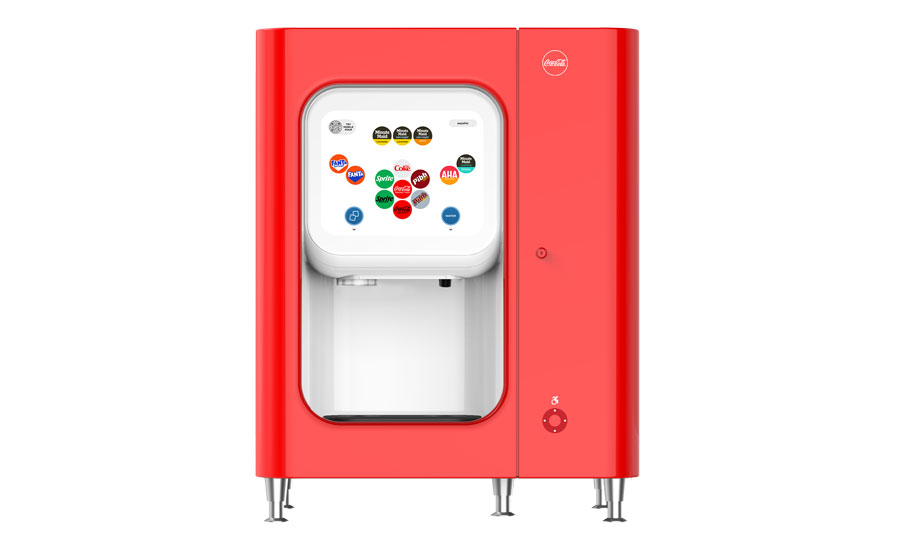Channel Strategies
Foodservice channel demonstrates growth over past year
Experts anticipate channel will continue to grow

Image courtesy of Getty Images
Bravo’s reality TV series “Vanderpump Rules” follows the adventures of “The Real Housewives of Beverly Hills” cast member Lisa Vanderpump and the staff at her West Hollywood, Calif.-based restaurant SUR. The series showcases what it’s like to work in the foodservice industry, albeit a touch dramatized and fabricated at times.
However, the drama impacting the foodservice channel is less around entertainment hopefuls and more tied to the supply chain and patron traffic. Paige Leyden, associate director, foodservice, flavors and ingredients at Mintel, Chicago, notes that the foodservice channel has showed strong growth in 2022, but that growth has slowed “comparatively” since 2021.
“The segment growth is leveling out after peaking with the return to AFH [away-from-home] dining and normalized dining habits,” she says. “Total foodservice industry revenue increased by 32.8% in 2021, up to $775 billion, and it is estimated to have increased 15.9% in 2022, totaling $898 billion.”
David Portalatin, senior vice president, food industry advisor, at Chicago-based Circana, adds that the foodservice channel turned back positive in the fourth quarter of 2022. That growth has continued into 2023 “with year-over-year traffic gains,” he explains.
“While traffic gains in the early weeks of 2023 benefited from lapping omicron declines last year, the industry’s performance for the remainder of the quarter demonstrated solid recovery,” he says. “The QSR [quick-service restaurant] morning meal is currently driving this growth, but the ongoing return of more people to workplaces will spur future lunch improvement, too.”
Portalatin goes on to say that consumers are looking for a deal because of lingering inflation and higher food prices.
“Customer visits to restaurants and retail foodservice outlets that took advantage of a deal rose by 8% in the quarter ending in March, compared to a year ago, versus a 1% increase in total foodservice traffic,” he explains.

Image courtesy of The Coca-Cola Co.
Mintel’s Leyden notes that operators have had to handle the pressures of inflated food and real estate costs, as well as face labor issues within the industry. Employers must attract and retain employees with factors like better pay, schedule flexibility and benefits, she says.
“In many cases, some of these costs have been passed on to customers through raised menu prices and digital systems that enable and encourage tipping,” Leyden states. “In short, all parties are significantly impacted by inflation, but consumers will adapt and balance food expenditure at home and away from home. For instance, the need for cost-savings in dining spend is driving interest and participation in foodservice loyalty ad subscription programs.”
She notes that, despite higher menu prices, consumers are eager to dine. Like Portalatin, Leyden suggests that consumers “will respond well” to channels with accessible and engaging cost-saving options.
Beverages are playing a role in the performance of the foodservice industry as well.
“An ordered beverage — not tap water — was included in 83% of all restaurant and foodservice orders in the first quarter,” Circana’s Portalatin explains. “Total beverages, excluding tap water, were up 3% in the quarter ending in March compared to a year ago.”
Beverage trends also are impacting the foodservice channel. Portalatin notes that breakfast and morning snacks is the foodservice daypart that has the strongest traffic growth, with coffee being a factor in that growth.
“In the quarter ending in March 2023, servings ordered of traditional coffee at restaurants and retail foodservice outlets grew by 5%, and specialty coffee servings increased by 3% compared to a year ago,” he says. “Non-carbonated soft drinks foodservice servings rose by 5%, water (excludes tap) grew by 3%, and carbonated soft drinks increased by 1% compared to a year ago.”
Mintel’s Leyden adds that trends like the rise of low- to no-alcohol options have influenced foodservice operations.
“Restaurants have hopped on the consumer demand for alcohol-free options beyond sparkling water or soda,” she says. “Floral flavors in particular are showing directional growth on beverage menus, and work well across both cocktails and mocktails.”
Leyden notes that aesthetically pleasing beverages that deliver on functionality also are gaining popularity within the foodservice industry, as well as beverages with natural sweeteners and less processed sugars.
In the next year, Mintel expects that the foodservice industry will “grow by 6.3% in 2023,” to around $954 billion, she says.
Circana’s Portalatin notes that the company is anticipating that the foodservice industry will end the year “with total traffic up 1%.”
Looking for a reprint of this article?
From high-res PDFs to custom plaques, order your copy today!





